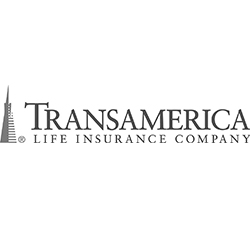Life
MIBS has partnered with MVP Financial Services, Inc., for your Life, Disability, Long-Term Care and Annuity business. Please contact Mary Lou Paul for product information, quote assistance and forms.

PHONE
(847) 901-4400
FAX
(847) 901-4401
CONTACT
Mary Lou Paul CFO/ Principal
Justyna Randazzo, Case Manager
Email: Mary Lou Paul mpaul@mvp4me.com
Email: Justyna Randazzo jrandazzo@mvp4me.com
Universal Life
Universal life insurance (often shortened to UL) is a type of cash value life insurance, sold primarily in the United States of America. Under the terms of the policy, the excess of premium payments above the current cost of insurance is credited to the cash value of the policy.
Survivorship Life
A type of variable life insurance policy that covers two individuals and pays a death benefit to a beneficiary, only after both people have died. Variable Survivorship Life Insurance does not pay any benefit when the first policyholder dies.
Whole Life
Sometimes called “straight life” or “ordinary life,” is a life insurance policy which is guaranteed to remain in force for the insured’s entire lifetime, provided required premiums are paid, or to the maturity date.
Term Life
Term life insurance or term assurance is life insurance that provides coverage at a fixed rate of payments for a limited period of time, the relevant term. After that period expires, coverage at the previous rate of premiums is no longer guaranteed and the client must either forgo coverage or potentially obtain further coverage with different payments or conditions. If the life insured dies during the term, the death benefit will be paid to the beneficiary.
ROP Life
Return of premium (ROP) is a type of life insurance policy that returns the premiums paid for coverage if the insured party survives the policy’s term, or includes a portion of the premiums paid to the beneficiary upon the death of the insured.

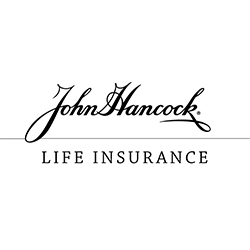
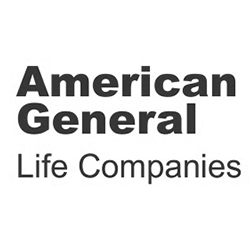
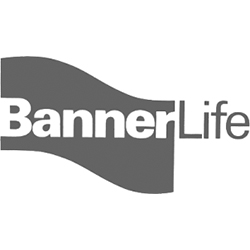
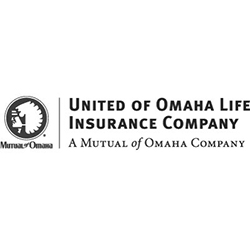
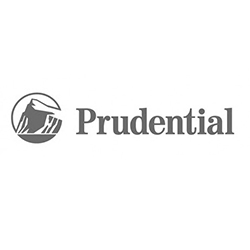




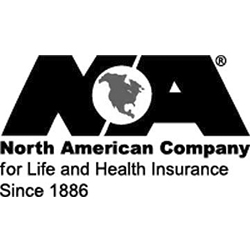
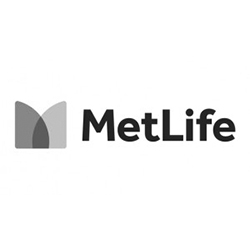
LTC & Disbility Insurance
Long-Term Care Insurance
Long-term care insurance can cover home care, assisted living, adult daycare, respite care, hospice care, nursing home, Alzheimer’s facilities, and home modification to accommodate disabilities. If home care coverage is purchased, long-term care insurance can pay for home care, often from the first day it is needed. It will pay for a visiting or live-in caregiver, companion, housekeeper, therapist or private duty nurse up to seven days a week, 24 hours a day up to the policy benefit maximum. Many experts suggest shopping between the ages of 45 and 55 as part of an overall retirement plan to protect assets from the high costs and burdens of extended health care.
Disability Insurance
Disability Insurance, often called DI or disability income insurance, or income protection, is a form of insurance that insures the beneficiary’s earned income against the risk that a disability creates a barrier for a worker to complete the core functions of their work. For example, the worker may suffer from an inability to maintain composure in the case of psychological disorders or an injury, illness or condition that causes physical impairment or incapacity to work. It encompasses paid sick leave, short-term disability benefits (STD), and long-term disability benefits (LTD). Statistics show that in the US a disabling accident occurs, on average, once every second. In fact, nearly 18.5% of Americans are currently living with a disability, and 1 out of every 4 persons in the US workforce will suffer a disabling injury before retirement.

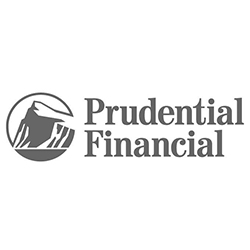




Annuities
Competitive Fixed Annuities
A fixed-income annuity is a fixed (as opposed to variable) annuity that provides either a lifetime payout or payments over a contractually-defined term. The payments are a fixed amount unless an inflation factor is added.
Indexed Annuities
An equity-indexed annuity is a combination of a fixed and a variable annuity. The marketing pitch usually goes something like this: Equity-indexed annuities give you the best of both worlds. Guaranteed return: As with a fixed annuity, you get the low-risk appeal of a guaranteed minimum return (usually 2% to 3%).

